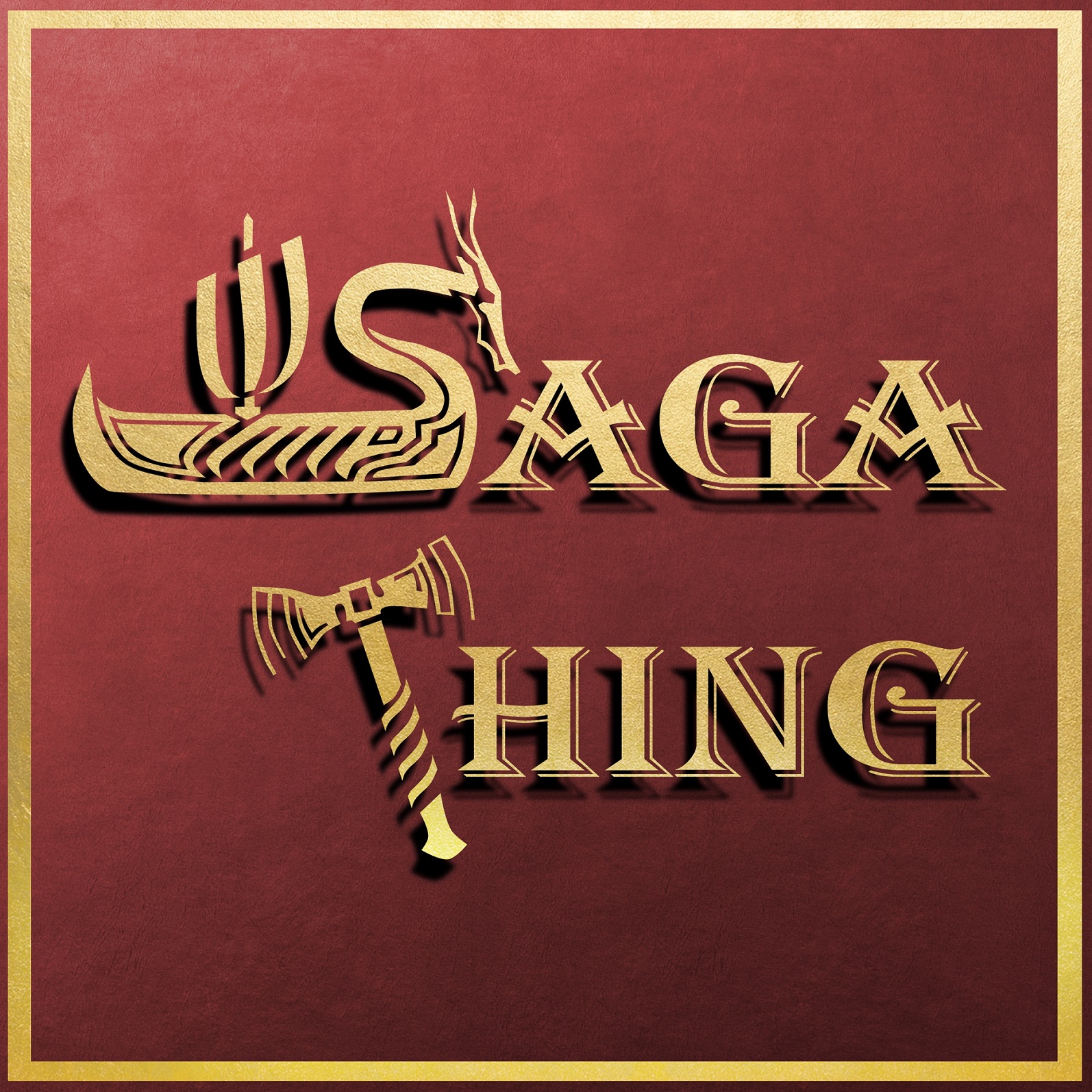Episodes
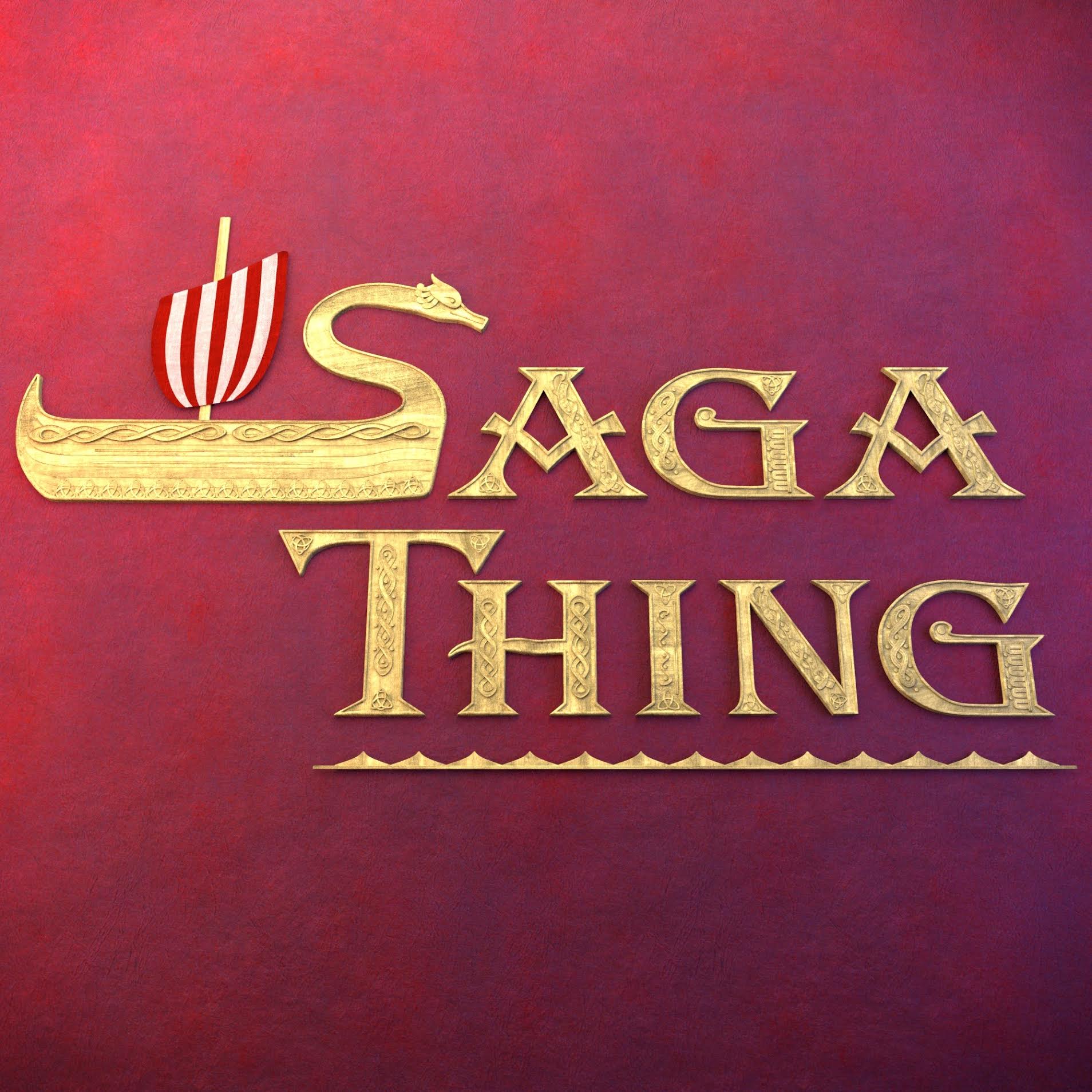
Tuesday Aug 15, 2017
Episode 23c - The Saga of Droplaug's Sons (Judgments)
Tuesday Aug 15, 2017
Tuesday Aug 15, 2017

It's time to put The Saga of Droplaug's Sons on trial. We've got spears flying through dung beetles and testicles left and right in this episode. If that's not enough for you, there's a man running across the heath in nothing but a bed sheet. And don't even get me started about Helgi D.'s heroics on the battlefield or his brother Grim's hole digging prowess. But will either brother make it out of our outlawry section and into the ranks of Andy and John's thingmen? And if you had to guess, is John more of a Grim or a Helgi kind of guy? There's only one way to find out!
Music Credits:
Intro Music - "Prelude and Action" by Kevin MacLeod (incompetech.com)
Outro Music - "Stormfront" by Kevin MacLeod (incompetech.com)
Selections from music by Kevin MacLeod licensed under Creative Commons: By Attribution 3.0 License http://creativecommons.org/licenses/by/3.0/

Friday Jul 28, 2017
Episode 23b - The Saga of Droplaug's Sons (Part 2)
Friday Jul 28, 2017
Friday Jul 28, 2017
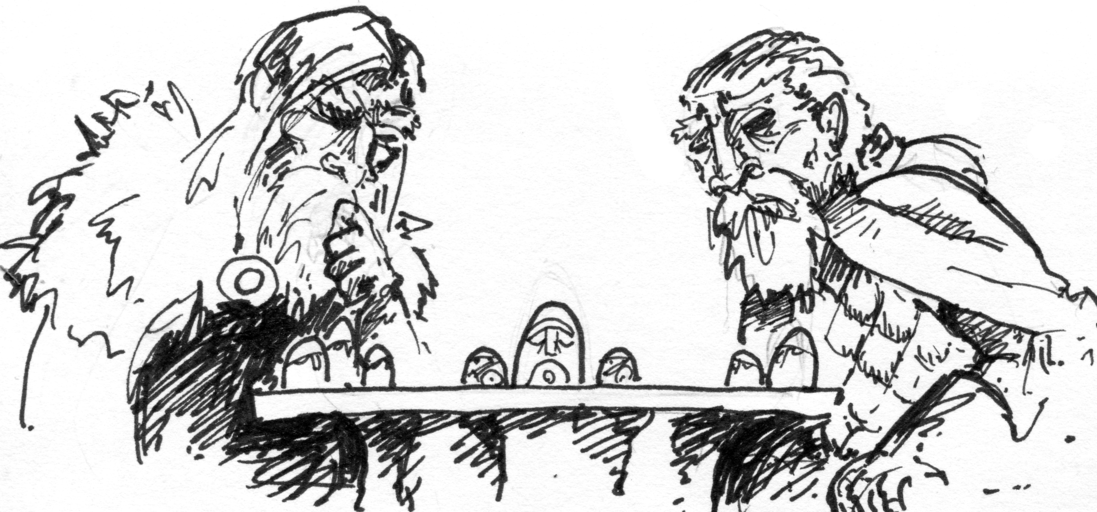
It’s time for the thrilling conclusion to The Saga of Droplaug’s Sons. This episode begins with an ambush as Helgi Asbjarnarson finally catches up with Helgi Droplaugarson. You won’t want to miss this epic battle. It provides some of the more detailed descriptions of battle we’ve encountered on this podcast. If you follow us on Twitter, then you already know something of who gets hit where. Poor, poor, Thord Cormorant. If you listen carefully, you can still hear the shrieking.
And if that’s not enough, we’ve also got Helgi D. doing his best impression of Lurtz, a secret resurrection, and murder most foul. And just because we love you, we’ll throw in some hnefatafl, a timely fart, meditations on the character of Vikings in the sagas, and John reading from the Middle English Geste of Robyn Hode. Follow the link and scroll down to the bottom (lines 1787-1820) so you can follow along. Heck, we've even got an appearance by Don Knotts as Mr. Furley from Three's Company.

While this episode doesn’t dwell on genealogies like the first part, you still may want to consult Andy’s handy Droplaugarsona saga genealogy to help keep things in order.
Music Credits:
Intro Music - "Prelude and Action" by Kevin MacLeod (incompetech.com)
Episode Recap – “Perfect Rag” by Ferdinand “Jelly Roll” Morton (1924)
Helgi’s Poem – “Drums of the Deep” by Kevin MacLeod (incompetech.com)
Grim’s Poem – “Bittersweet” by Kevin MacLeod (incompetech.com)
Outro Music - "Stormfront" by Kevin MacLeod (incompetech.com)
Selections from music by Kevin MacLeod licensed under Creative Commons: By Attribution 3.0 License http://creativecommons.org/licenses/by/3.0/

Friday Jul 14, 2017
Episode 23a - The Saga of Droplaug's Sons
Friday Jul 14, 2017
Friday Jul 14, 2017
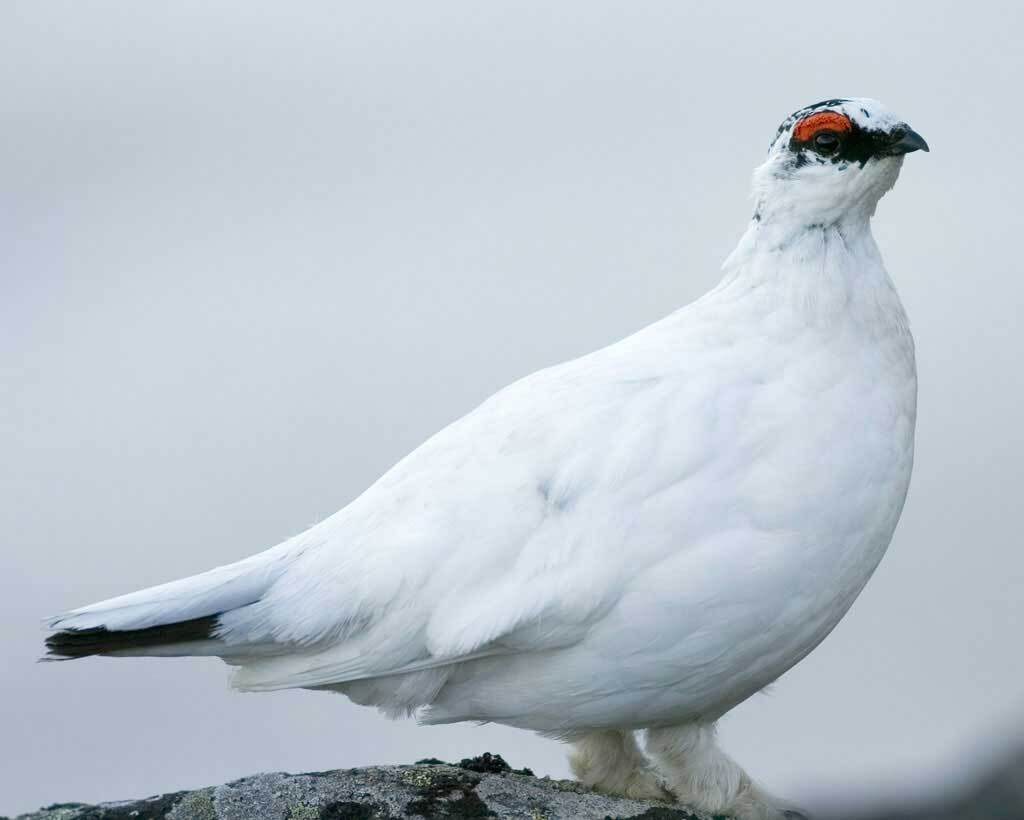
In this episode, we continue our series of stories from the Northeast of Iceland. This time around, Helgi Droplaugarson goes head to head with the powerful chieftain Helgi Asbjarnarson. While Helgi D. makes life difficult for his rival by undercutting him at every chance he gets, Helgi A. takes it all with patience. Does Helgi A. have a good reason for holding back? Or is he just biding his time as he waits for the right moment to attack? There's only one way to find out. Listen, as Saga Thing presents The Saga of Droplaug's Sons!
The first part of this episode provides a bit more information on family connections and genealogies than usual. Please use Andy's handy genealogy to help you through it.
Music Credits:
Intro Music - "Prelude and Action" by Kevin MacLeod (incompetech.com)
Episode Summary - "All This" by Kevin MacLeod (incompetech.com)
Outro Music - "Stormfront" by Kevin MacLeod (incompetech.com)
Selections from music by Kevin MacLeod licensed under Creative Commons: By Attribution 3.0 License http://creativecommons.org/licenses/by/3.0/

Wednesday Jul 05, 2017
Episode 1 - Thattir Intro and The Tale of Thorstein Staff-Struck
Wednesday Jul 05, 2017
Wednesday Jul 05, 2017
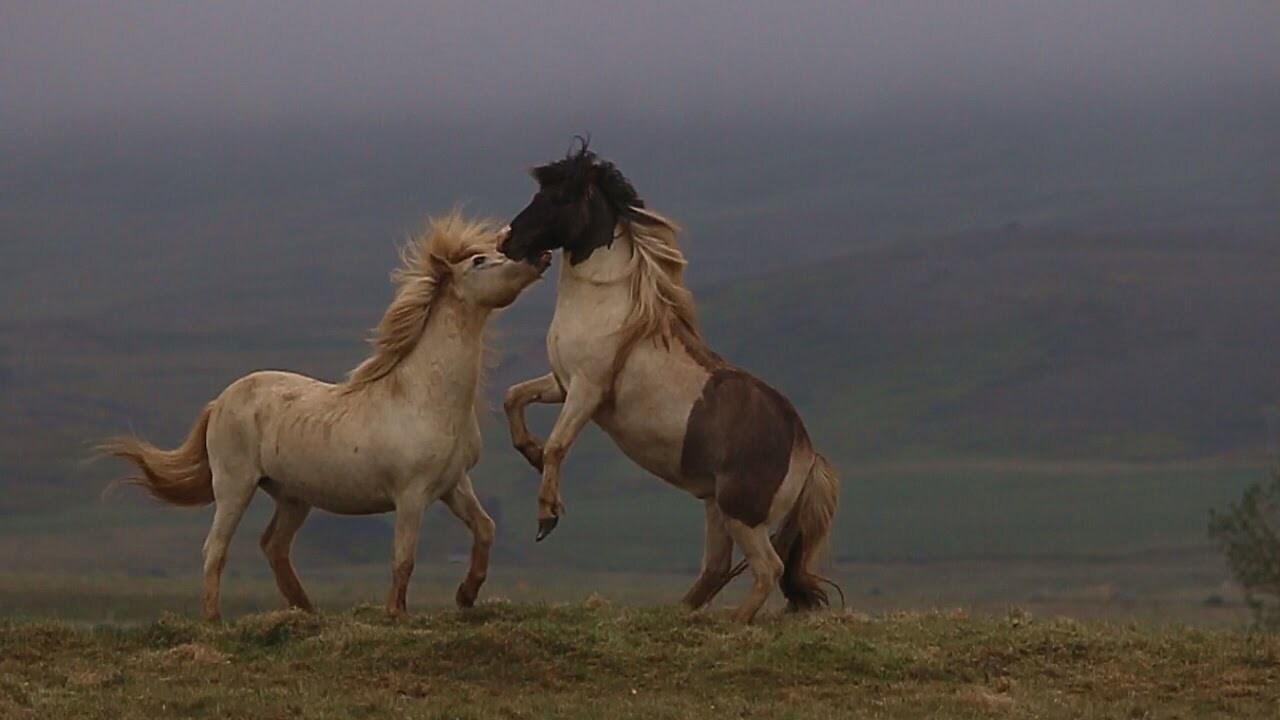
Welcome to the first episode of Saga Shorts, a side project of Saga Thing where John and Andy review the þættir of medieval Iceland. In this episode, we provide a brief introduction to þættir and the difficulties one faces when trying to define the genre. If you’re not interested in those technical details, just skip ahead to 10:10, where we begin our review of Þorsteins þáttr stangarhöggs (The Tale of Thorstein Staff-struck). This fun little tale tells the story of an old Viking’s son named Thorstein who gets into some trouble with Bjarni Brodd-Helgisson, the local goði, after killing 3 of his farmhands.
Bibliography
Harris, Joseph. “Genre and Narrative Structure in Some Íslendinga þættir.” Scandinavian Studies 44 (1972): 1-27.
Harris, Joseph. “Þættir.” In Dictionary of the Middle Ages, vol. 12, edited by Joseph R. Strayer, 1-6. New York: Charles Scribner, 1989.
Jakobsson, Ármann. “The Life and Death of the Medieval Icelandic Short Story.” Journal of English and Germanic Philology 112 (2013): 257-91.
Kristjánsson, Jónas. “Íslendinga þættir.” In Eddas and Sagas: Iceland’s Medieval Literature, translated by Peter Foote, 299-309. Reykjavík: Hið íslenska bókmenntafélag, 1997.
Miller, William Ian. “A Case Study of the Sagas as Sources: Þorsteins Þáttr stangarhöggs and the Politics of Accident.” In Bloodtaking and Peacemaking: Feud, Law, and Society in Saga Iceland, 51-76. Chicago: University of Chicago Press, 1990.
Rowe, Elizabeth Ashman. “The Long and the Short of It.” In The Routledge Research Companion to the Medieval Icelandic Sagas, edited by Ármann Jakobsson, Sverrir Jakobsson, 151-63. New York: Routledge, 2017.
Rowe, Elizabeth Ashman and Joseph Harris. “Short Prose Narrative (þáttr).” In A Companion to Old-Norse-Icelandic Literature and Culture, edited by Rory McTurk, 462-78. Malden, MA: Blackwell, 2005.
Music Credits:
Intro: From “Death Awaits” by Billy Malmstrom
Outro: From “Óðinn” by Krauka

Saturday Jun 24, 2017
Episode 22b - The Saga of the People of Vopnafjord
Saturday Jun 24, 2017
Saturday Jun 24, 2017
It's time to put the Saga of the People of Vopnafjord on trial. Who will go home with the honor of Best Bloodshed? Does this saga have the numbers to overtake the Saga of the Greenlanders in Body Count Density? Who has the best Nickname? Was anyone witty enough to earn the prize? Will Brodd-Helgi make it through Outlawry? And who will be selected to join John and Andy as thingmen?

Along the way, we get into a few digressions (I know, you're shocked). Among the more interesting digressions is a brief follow up on our Viking spearheads discussion from Njal's Saga. We delve into the terminology once again and review different types of spearheads as well as their appearances in the sagas, with special emphasis on Egil's Saga. You can find lots of information out there on Viking spearheads if you look. Most of it isn't terribly helpful in identifying what each of the original terms actually means. We recommend Hurstwic's page on the subject as a good primer. They've got a great page on Viking spears and a more specific page on the types of spears discussed in this episode.

We also pause to talk about the exciting new exhibit at the Reykjavik City Museum, Viking Animals, which opened this week. The exhibition is based on the research of Lara Hogg, who shares my fascination with the place of animals in early Icelandic life. Just look at all those cattle skulls. I wonder if Brodd-Helgi helped her prepare this part of the exhibit. If you're in Iceland any time soon, swing by the Reykjavik City Museum and check it out. If not, then follow the exhibit's progress on Twitter @VikingAnimals or on the exhibit's blog.
Next time on Saga Thing, we'll play with the Tale of Thorstein Staff-Struck in our new side series tentatively titled Saga Shorts. That will be followed soon after by a two-part episode on The Saga of Droplaug's Sons, which features many of the same characters from the Vopnafjord episode.
Music Credits:
Intro Music - "Prelude and Action" by Kevin MacLeod (incompetech.com)
Outro Music - "Stormfront" by Kevin MacLeod (incompetech.com)
Selections from music by Kevin MacLeod licensed under Creative Commons: By Attribution 3.0 License http://creativecommons.org/licenses/by/3.0/

